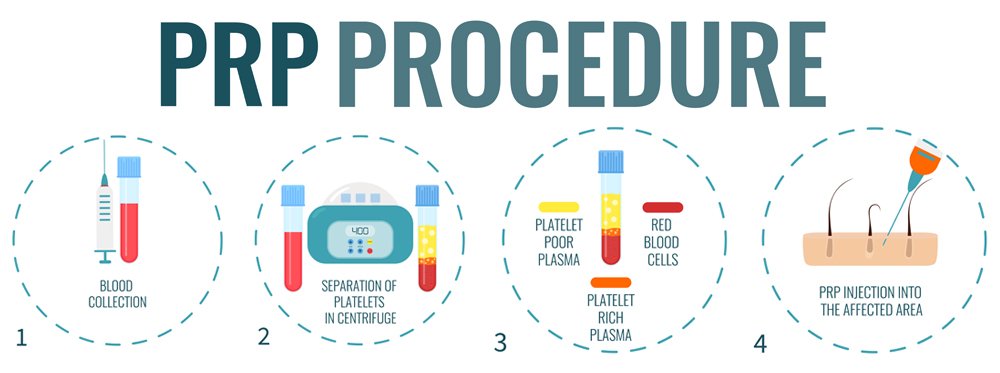A dishwasher diverter motor plays a crucial role in directing water to different spray arms during a wash cycle. If it malfunctions, your dishes may not clean properly, or the dishwasher may display error codes. This guide walks you through step-by-step instructions to troubleshoot a dishwasher diverter motor and ensure your appliance functions optimally.
What Is a Dishwasher Diverter Motor?
The diverter motor controls the flow of water to specific spray arms, ensuring efficient cleaning of dishes on different racks. A faulty motor can lead to uneven cleaning, loud noises, or water flow issues. Identifying and addressing the problem promptly prevents further complications.
For professional assistance with troubleshooting and maintenance, visit MachineSolved. Get expert guidance and solutions for all your appliance issues!
Common Symptoms of a Faulty Diverter Motor
Before diving into troubleshooting, recognize the signs of a malfunctioning diverter motor:
- Uneven cleaning results across racks.
- Loud grinding or humming noises during the wash cycle.
- Error codes related to water flow or spray arms.
- Water pooling at the bottom of the dishwasher.
- Stuck or non-functioning spray arms.
Tools You’ll Need
To troubleshoot your dishwasher diverter motor, gather the following tools:
- Screwdrivers (Phillips and flathead)
- Multimeter (to check electrical continuity)
- Towels or cloths (for cleaning spills)
- Bucket or tray (to catch water)
- Needle-nose pliers
Step-by-Step Guide to Troubleshoot a Diverter Motor
1. Disconnect Power and Water Supply
Safety first! Turn off the dishwasher and disconnect it from the power supply. Shut off the water supply to avoid leaks or accidents during the troubleshooting process.
2. Locate the Diverter Motor
The diverter motor is typically located at the bottom of the dishwasher. Follow these steps to access it:
- Remove the dishwasher’s lower rack to expose the bottom panel.
- Unscrew and detach the kick plate (located at the base of the appliance).
- Locate the diverter motor near the sump assembly.
3. Inspect the Diverter Motor for Damage
Visually inspect the diverter motor and its components for signs of wear, damage, or debris:
- Check for cracks or visible wear on the motor housing.
- Look for obstructions or debris around the motor and sump assembly.
- Examine the wiring for fraying or loose connections.
4. Test the Diverter Motor with a Multimeter
A multimeter helps determine if the diverter motor is functioning correctly. Follow these steps:
- Set the multimeter to the continuity or resistance setting.
- Disconnect the wires attached to the diverter motor.
- Place the multimeter probes on the motor’s terminals.
- Check the reading:
- A reading within the manufacturer’s specified range indicates a functioning motor.
- A lack of continuity or an out-of-range reading signals a faulty motor.
5. Check the Diverter Seal
The diverter seal prevents water from leaking into the motor. Over time, the seal can wear out, causing leaks or affecting the motor’s operation.
- Inspect the seal for cracks or wear.
- Replace the seal if it appears damaged.
6. Test the Spray Arms
Sometimes, issues with the spray arms can mimic diverter motor problems. Ensure the spray arms rotate freely and are not clogged:
- Remove and clean the spray arms using warm water and a soft brush.
- Reinstall the arms and ensure they spin without obstruction.
7. Examine the Control Board
A malfunctioning control board may fail to send signals to the diverter motor. Check the control board for burn marks, loose connections, or other damage. If the board appears damaged, consult a professional technician for replacement.
8. Replace the Diverter Motor if Necessary
If the motor fails the continuity test or shows visible signs of damage, it needs replacement. Follow these steps:
- Purchase a compatible diverter motor for your dishwasher model.
- Disconnect the faulty motor by removing screws and unplugging wires.
- Install the new motor and secure it with screws.
- Reconnect the wiring and reassemble the dishwasher.
9. Reassemble and Test the Dishwasher
After troubleshooting, reassemble the dishwasher and restore power and water supply. Run a test cycle to ensure the diverter motor works correctly:
- Observe the spray arm operation.
- Check for error codes or unusual noises.
- Verify that the dishes are evenly cleaned.
Preventive Maintenance Tips
To keep your dishwasher and diverter motor in top shape, follow these tips:
- Clean Regularly: Remove food debris from the filter and spray arms.
- Use Quality Detergent: Avoid using too much detergent, which can cause buildup.
- Inspect Seals: Regularly check and replace worn seals to prevent leaks.
- Run Hot Water: Run hot water before starting the dishwasher to improve cleaning performance.
- Schedule Professional Maintenance: Periodically consult a technician for a thorough inspection.
When to Call a Professional
If troubleshooting doesn’t resolve the issue, it may require professional intervention. Contact a certified technician if:
- The motor or control board needs replacement.
- You are unable to identify the root cause of the problem.
- The dishwasher shows persistent error codes.
Conclusion
Troubleshooting a dishwasher diverter motor doesn’t have to be overwhelming. By following this step-by-step guide, you can identify and resolve common issues, ensuring your appliance runs efficiently. Regular maintenance and prompt repairs will extend the life of your dishwasher and save you from costly repairs.












Leave a Reply